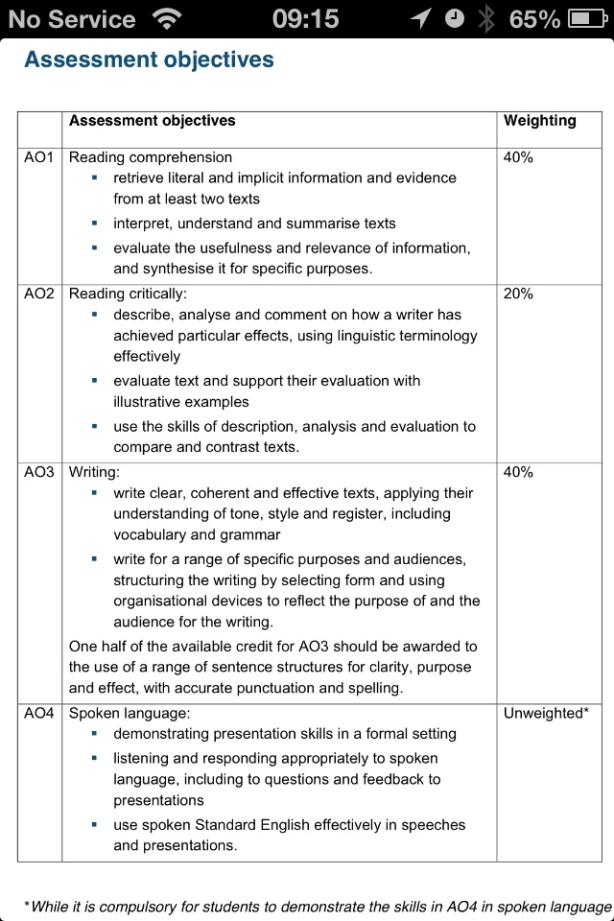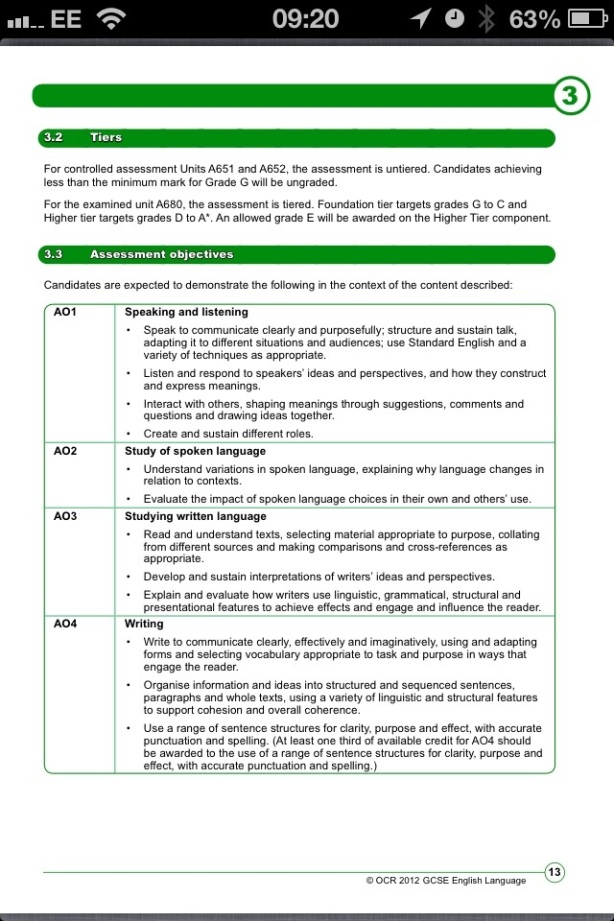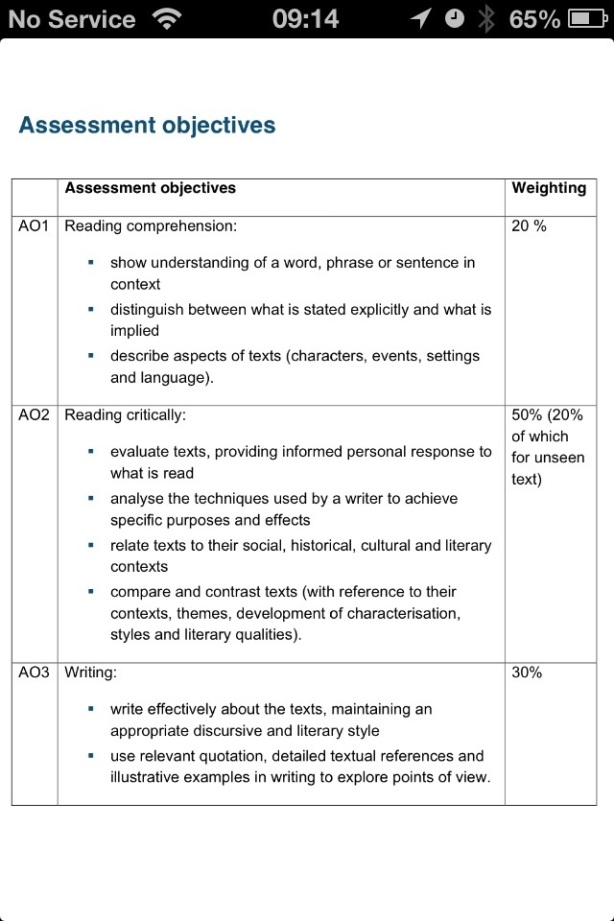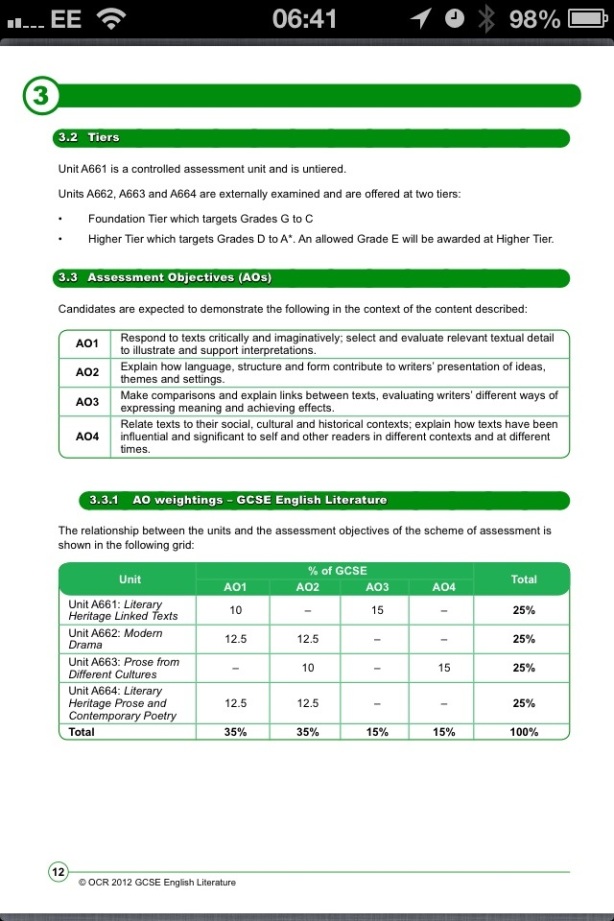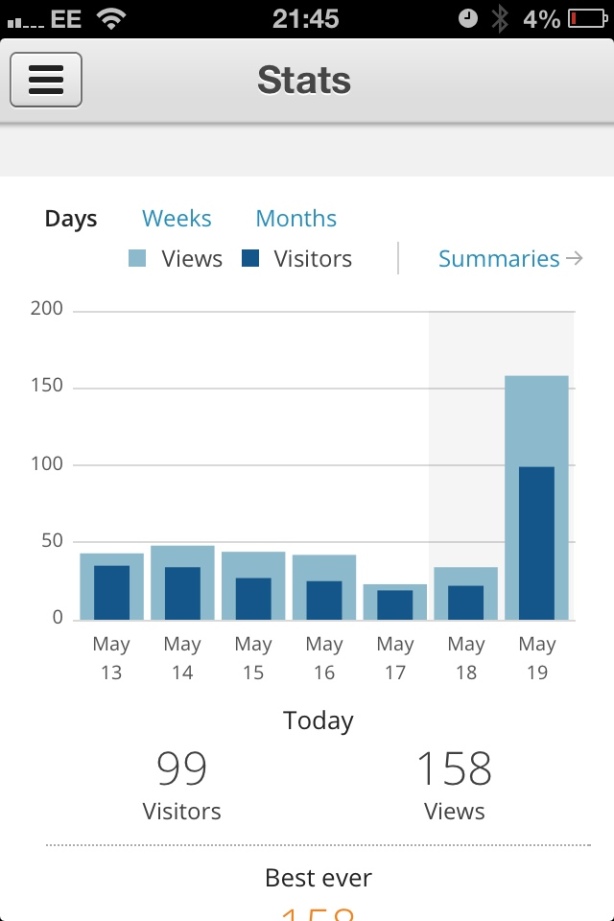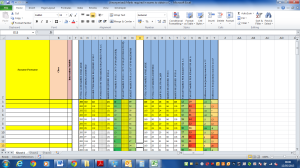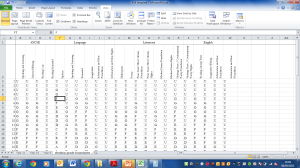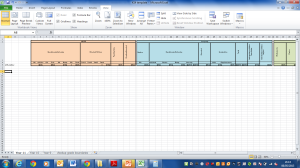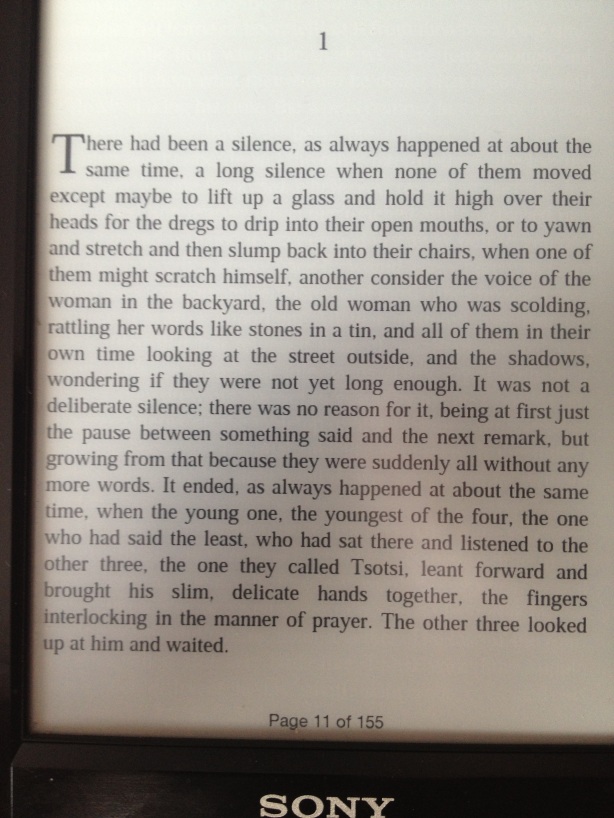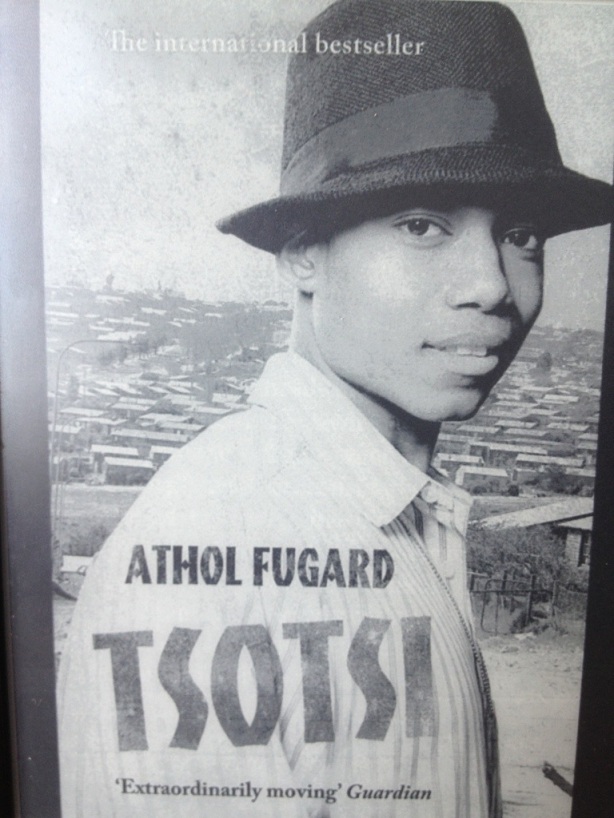So, now Mr Gove seeks to recreate the GCSE specification. Again.
Now there are many things I just don’t get about Michael Gove. How he holds down a job; how anyone else manages to work with him; how no-one has discovered that he is, in fact, an alien probe sent to infiltrate us; how on earth he got a job in education when he appears to denigrate and despise both pupils and teachers.
However, more specifically, how his proposals for GCSE reform make any kind of sense at all.
Firstly, the headline that the media focused on that students will undertake
detailed study of a range of high quality, intellectually challenging, and substantial whole texts, which must include:
at least one play by Shakespeare
a selection of representative Romantic poetry
at least one nineteenth-century novel
a selection of poetry since 1850
British fiction or drama since the First World War.
I see nothing inherently objectionable in this, to be fair to Mr Gove. There are some brilliant texts available within those criteria. The nineteenth century novel is, perhaps, a tad daunting and I fear there may be a sales run on A Christmas Carol! But there’s an awful lot of literature of equal weight, interest and value missing from the list! I suppose we’ll have to wait and see what options are made available to us.
What the DfE have also produced, however, includes Assessment Objectives and weightings.
These are worth a read for all Heads of English because there is a significant change here!
Let’s take Language first. This is the list of future AOs.
and a list if the current AOs, drawn from the OCR specification.
Firstly, speaking and listening is shunted out entirely. How do students, people, adults, professionals communicate in the majority of the time? By speaking? And by listening? Surely by removing this from the qualification, you devalue and denigrate the most critical communication skill that we have and you run the risk of de-skulking a generation of children in oral communication skills.
Now, before anyone complains, yes I know that Spoken Language will remain as a compulsory element of the GCSE – although note the absence of listening from its new title! – because the proposal states
While it is compulsory for students to demonstrate the skills in AO4 in spoken language it will not count towards the overall grade awarded.
It will not count but is compulsory. I’m sorry, but that is a fudge, a sop.
What might be the logic behind this? I suspect it is because lots of students – and perhaps mainly boys – do well in this unit. Anecdotally, how many parents evenings have I had when I’ve explained that Little Johnny is articulate and engaging verbally but cannot put his thoughts coherently into writing? How many databases show C grade written work complemented by B grade oral work?
So he removes it?
He removes the one area where many children excel and receive the validation that they can achieve in English.
How? What? Why? It is incomprehensible to me.
Especially as the iGCSE which the DfE has confirmed to me will be accredited at least until 2015 and rumour suggests into 2016 as well (thereby overlapping the no-speaking-and-listening, 100% terminal exam GCSE) does include Speaking and Listening at 20% weighting and Writing Coursework at 40%.
Is it any wonder that CIE experienced a 300% increase in entries this year?
If we look at writing, the score for AO4(iii), the sentence structures, punctuation and grammar. Currently it accounts for 33% of the writing grade, which comprises 35% of the overall grade. Therefore AO4(iii) comprise 11.55% of the overall final grade.
The equivalent Assessment Objective in the new GCSE is worth 40% overall of which half derives from sentence structures, punctuation, grammar and spelling. That raises the weight attached to that skill from 11.55% overall to 20%, nearly doubling it.
How will schools respond?
There is a Grammar, Punctuation and Spelling test at KS2 now but I don’t know how many Secondaries would rely on that?
I am thinking of introducing a two week grammar unit full of games and fun activities across the board at the start of the September term and repeating it every single September to reinforce and develop students’ skills as well as demonstrate progress. This would also upskill my staff in grammar and provide them with a range of short snappy fun grammar activities that would be ideal as starters throughout the year.
And AO1 includes some very low-order skills on Bloom’s taxonomy: retrieve information; summarise… These lower order skills simply do not appear on the current AO list: “selecting material appropriate to purpose” is qualitatively different and more challenging than “retrieve information”.
There is also the introduction of the skill of synthesise: to be able to “evaluate … and synthesise [information] for specific purposes”. Another explicitly new skill and, here, at the top if Bloom’s taxonomy! It is very close to the iGCSE Directed Writing component (or as I want to rephrase it, Text Transformation) where students read a travelogue (for example) and then imagine they are the writer and write a letter home persuading a relative to visit the are using the attitudes and views and information of the original article.
Now, don’t get me wrong! I like this skill! Actually, I like it a lot! But it is a higher order skill and, if it is combined with a Draconian approach to grammar and sentence structures and divorced from Speaking and Listening, it could price a real challenge to achieve.
Turning to Literature, the proposed Assessment Objectives are
and the current equivalents are
The new AO1, to read for comprehension is again a very low order skill! Low enough not to be currently tested at all! To describe features of a text currently would attract some (very few) marks in Language but here could attract up to 20% of the final grade in Literature.
The new AO2 basically comprises all the current AOs together and is only worth 50%, 20% of which must derive from unseen texts. Now I do like that: it means we have to teach students how to read literary texts rather than how to read this book which is great! That content-driven focus has been the worst part of the current Literature course. But, students will need a wide range of reading across genres and contexts to be able to do so. I suspect this unseen element will focus on poetry for exactly that reason of timing.
But AO3 is sneaky: 30% of marks will be made available for writing – presumably essays – in a literary manner. 30%.
Again, how schools react to that will be interesting. I’m thinking that, again, an explicit essay writing unit, repeated throughout the course, explicitly teaching essays as a persuasive text could become embedded in my Department.
Anyway, the links to these documents are below:
Language;
Literature.
One question for you though, both these DfE documents capitalise English but not language or literature. Surely it should be! It is the name of the course, the name of the examination, the name of the qualification. It is a proper noun, isn’t it?
And finally, for all fans of Michael Gove, some delightful pictures:
